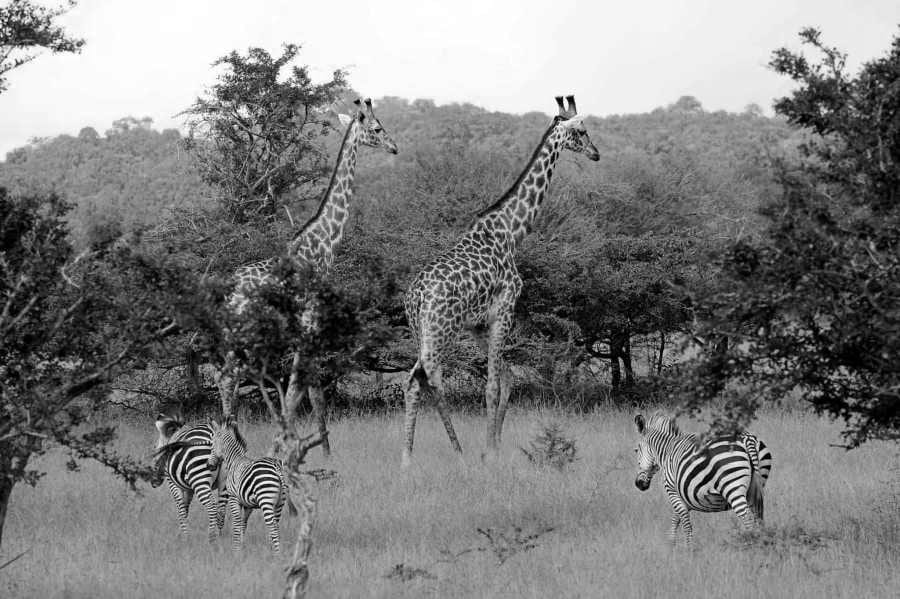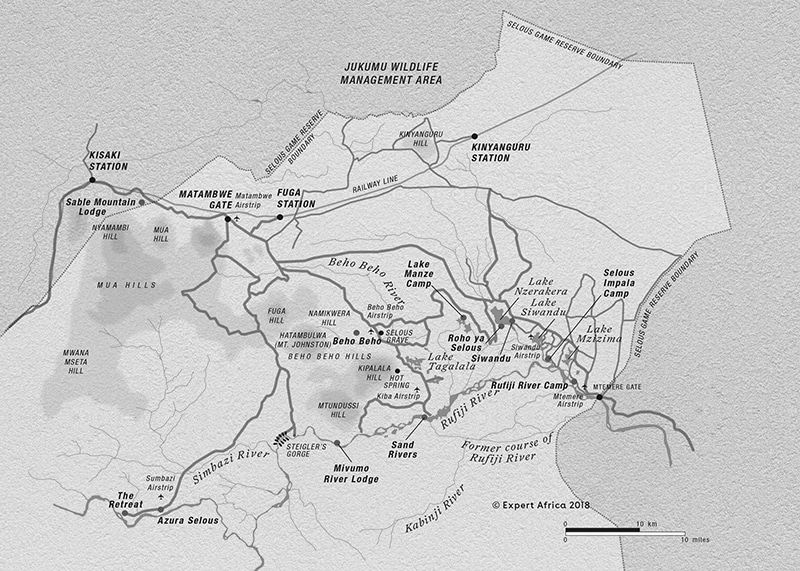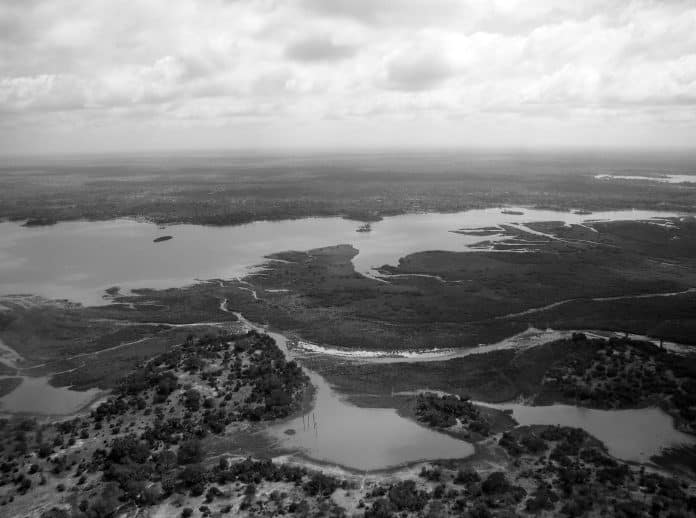Nyerere National Park – History, Wildlife, Getting There and More
The Nyerere National Park is Tanzania’s largest. It was previously known as the north segment of the Selous Game Reserve. The Park is also one of the most significant national parks and wildlife sanctuaries. It is approximately two times Costa Rica’s and Belgium’s size. It is also larger than 70 countries worldwide.
The Nyerere National Park covers an area of 30,893 km2 (11,928 sq mi). It extends to lay over a big part of the Liwale District in the Lindi Region’s west, the Pwani Regions’ southwest, the Ruvuma Region’s northeast, and the Morogoro Region’s southeast.
Much of the Nyerere National Park has never been altered by humans and is in its natural wild state. The Rufiji River, Tanzania’s largest, runs through the Park and is home to crocodiles and hippopotamus. At its delta, one of the biggest mangrove forests in the world is located.
History of Nyerere National Park Tanzania
The Nyerere National Park was a segment of the Selous Game Reserve before being separated from it in 2019. The Selous Game Reserve grounds were proclaimed a protected wildlife and hunting area in 1896 by Tanganyika’s German Governor. In 1922 the reserve was named in honor of Frederic Selous. Selous was a big game hunter who converted to a wildlife conservationist. The Tanzanian Government further developed and enhanced the tourism in Selous and decided to separate the reserve’s northern part to form a new national park. The Nyerere National Park was formed in honor of Mwalimu Julius Kambarage Nyerere, the first President of independent Tanzania. The Park was formally gazetted in 2019 and is now administered by the Tanzania National Parks Authority (TANAPA).
Wildlife
Several wildlife species are located in the Nyerere National Park. These include:

- African wolves
- Antelopes
- Crocodiles (in the Rufiji River)
- Giraffes
- Hippopotamuses
- Hyenas
- Lions
- Rhinos
- Wildebeests
- Zebras
The Nyerere National Park is also known for its fertile African Wild Dog populace.
One of the deciding factors to form the Nyerere National Park was to help control and minimize elephant poaching in the parks. The Selous Game Reserve and its northern extension accommodated large elephant herds, but the numbers dropped due to poachers.
Getting to the Nyerere National Park
Travelers can access the Nyerere National Park from Arusha or Dar es Salaam via a road safari. Depending on which entrance gate is used, the distance varies between 184 km and 230 km. A typical journey lasts 6 hours when most Park entry gates are used like Matembwe and Mtemere. It can take up to 6.5 hours for gates on the northern side. The last 75 km to the park is via bumpy gravel roads, which are in poor condition.
Alternatively, the Nyerere National Park can be accessed by air. Daily flights run from Dar es Salaam and Zanzibar, and flight times are under an hour. Planes land on one of the various airstrips in Nyerere. Many airlines serve this route, including Auric Air, Coastal Aviation, Safari Air Link, and Regional Air. All of these are reliable and have credible safety records.
When booking a flight, Nyerere National Park visitors should know which airstrip they intend to use. There are several, and arriving at the wrong one will cause unnecessarily lengthy and costly transfers. The most commonly used airstrips include Beho Beho, Kiba, Matambwe, Mtemere, Siwandu, and Sumbazi.
Nyerere National Park Map

For more articles related to Wildlife Parks in Tanzania click here!


































